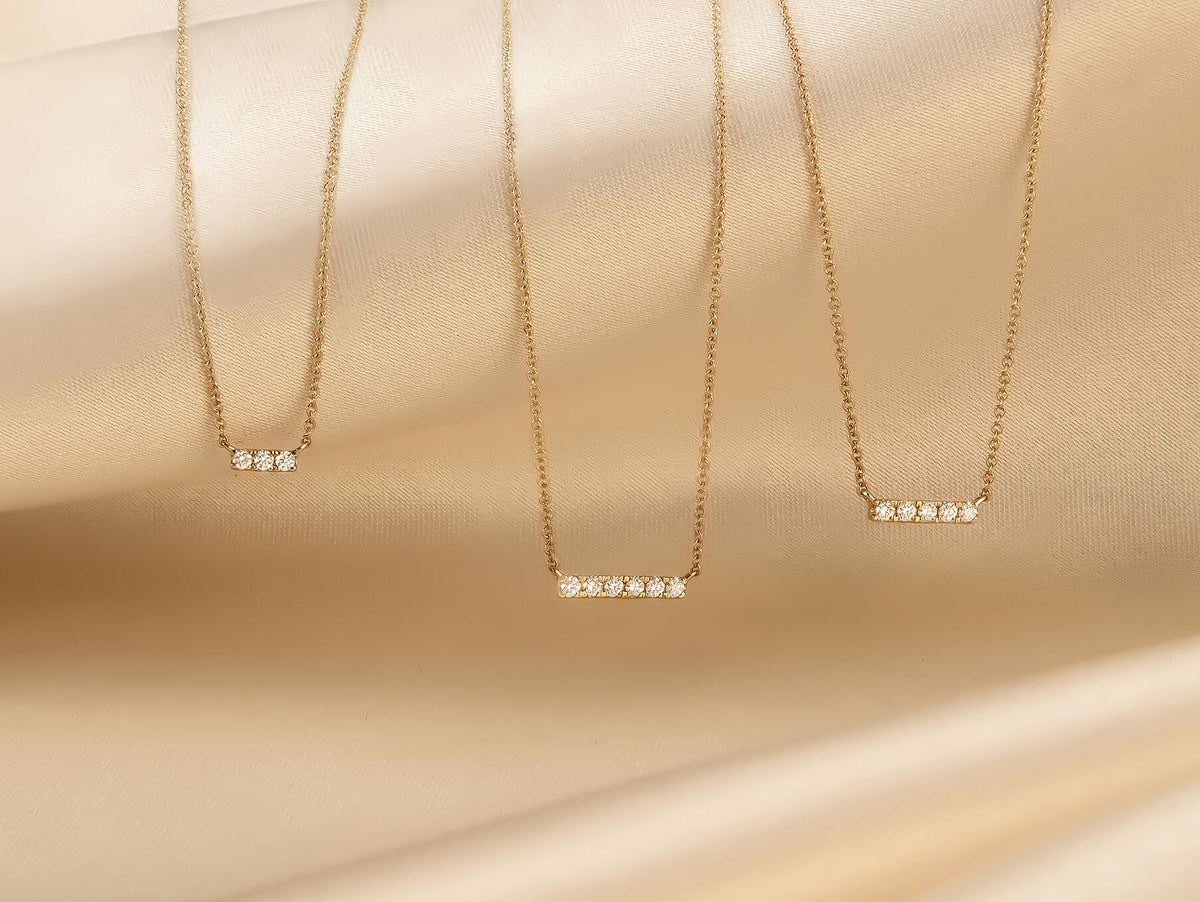Lab-grown diamonds are an emerging type of diamond that comes from a laboratory. Their popularity has significantly increased in recent years. In this blog, we explain what lab-grown diamonds are, what their advantages are, and how they differ from 'natural' diamonds.
What is the difference between natural and lab-grown diamonds?
Unlike diamonds from mines, lab-grown diamonds are created in a laboratory using advanced technologies. They are also known as 'man-made' diamonds. These synthetic diamonds are produced in a matter of weeks and have the exact same chemical structure, crystal structure, and physical properties as natural diamonds. There is no observable difference to the naked eye between lab-grown diamonds and real diamonds.
The creation of a lab-grown diamond involves mimicking natural processes in a laboratory. A carbon seed undergoes high pressure and temperature, causing it to grow into a rough diamond within a few weeks. The process is similar to that of natural diamonds.
How long have lab-grown diamonds been in existence?
Lab-grown diamonds have existed since the 1950s, initially used for industrial purposes. Only recently have there been technological developments that make larger and high-quality diamonds suitable for jewelry.
What about the 4 C's of diamonds?
The quality of diamonds is assessed based on the 4 C's: Cut, Carat, Color, and Clarity. These factors are important for both natural and lab-grown diamonds.
-
Cut : it's not about the shape of the diamond, but about how well it is cut from its rough form. This has a significant impact on the brilliance of the diamond.
-
Carat : Stands for the size of the diamond. The larger the diamond, the rarer and more valuable it is.
-
Color : Refers to the color of the diamond. The most valued diamonds are colorless, while diamonds with a yellow or brown tint are less popular.
-
Clarity : Refers to any inclusions or blemishes on the diamond. Flawless diamonds are rare and valuable.
Lab-grown diamonds offer a similar quality and beauty to natural diamonds, often with higher clarity and color. They are manufactured under controlled conditions, providing them with the same level of brilliance and sparkle.
Are lab-grown diamonds identical to natural diamonds?
Yes, they have the exact same chemical and physical properties as natural diamonds and consist of pure carbon in diamond form. The only difference is their origin, but this is not visible to the naked eye. Environmentally, lab-grown diamonds offer advantages over natural diamonds, which are sometimes labeled as 'blood diamonds' due to conflicts around the mines. Lab-grown diamonds are produced in controlled laboratory environments, eliminating ethical issues. Additionally, they cause less environmental impact because there is no need for large-scale earth mining.







